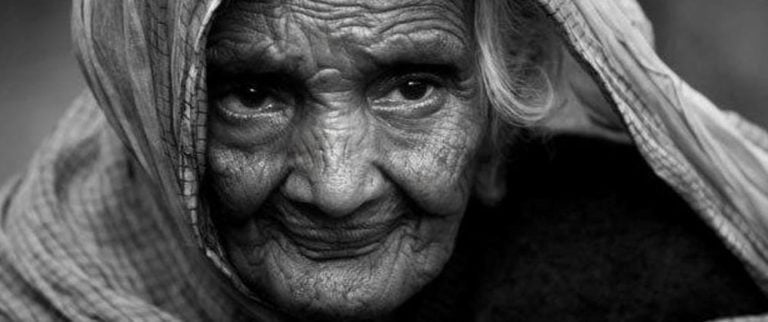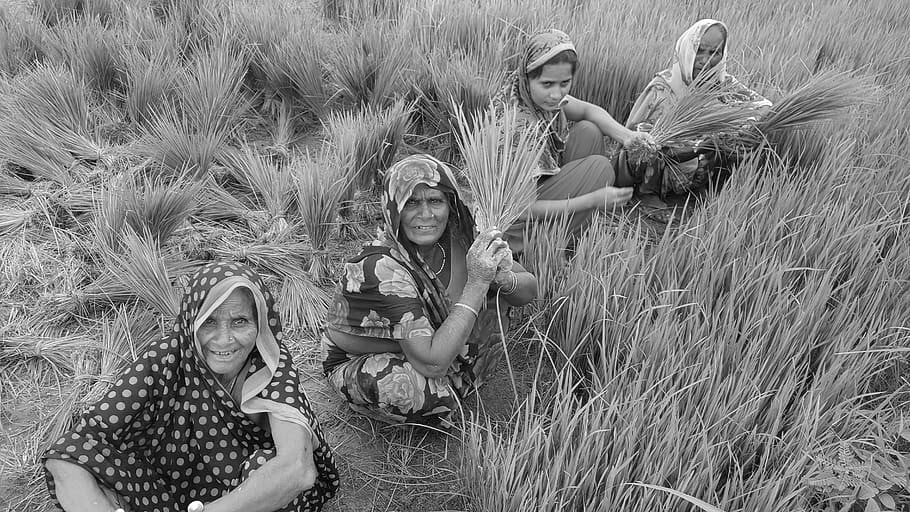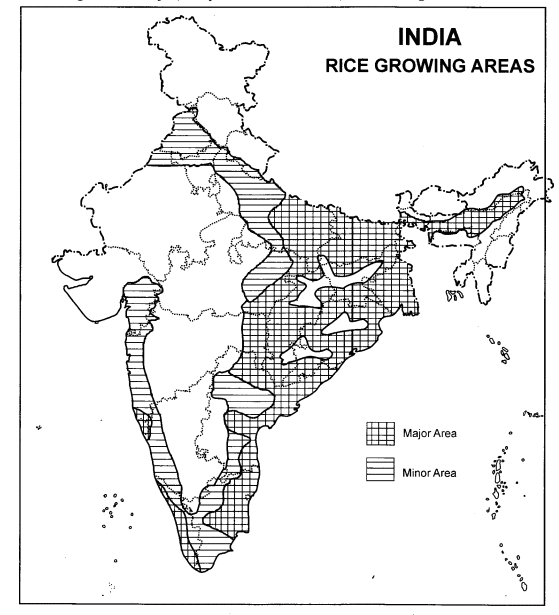The Gotipua folk dance tradition from Odisha is practiced in the heritage village of Raghurajpur on the banks of the river Bhargabi. Here young dancers are trained from the age of five to sing and dance to praise Lord Jagannath and tell the story of Radha and Krishna.
In this Article
Visiting Raghurajpur heritage village
On our bike tour with Vanaja, Sanjeep and Ashwini we spend some days at Raghurajpur, we are fascinated by the walls that come alive with murals. There is tribal art fused with paintings of deities of Puri – Lord Jagannath and Balabadra and Sulabadra and demons. Creativity, in the Raghurajpur heritage village, flows in abundance and skills manifest into art and business.
“Come see – buy?”
The people carry out their crafts while sitting out the front of their painted houses. There are just over 100 households here, mostly artisans producing sheer poetry on pieces of treated cloth, dried palm leaf or paper.
Raghurajpur has nurtured age old traditional paintings and handicraft items including patta and tusser paintings, palm leaf engravings, stone carvings, paper mache toys and masks, wood carvings, wooden and cow dung toys.
And dance, a special folk dance called Gotipua.
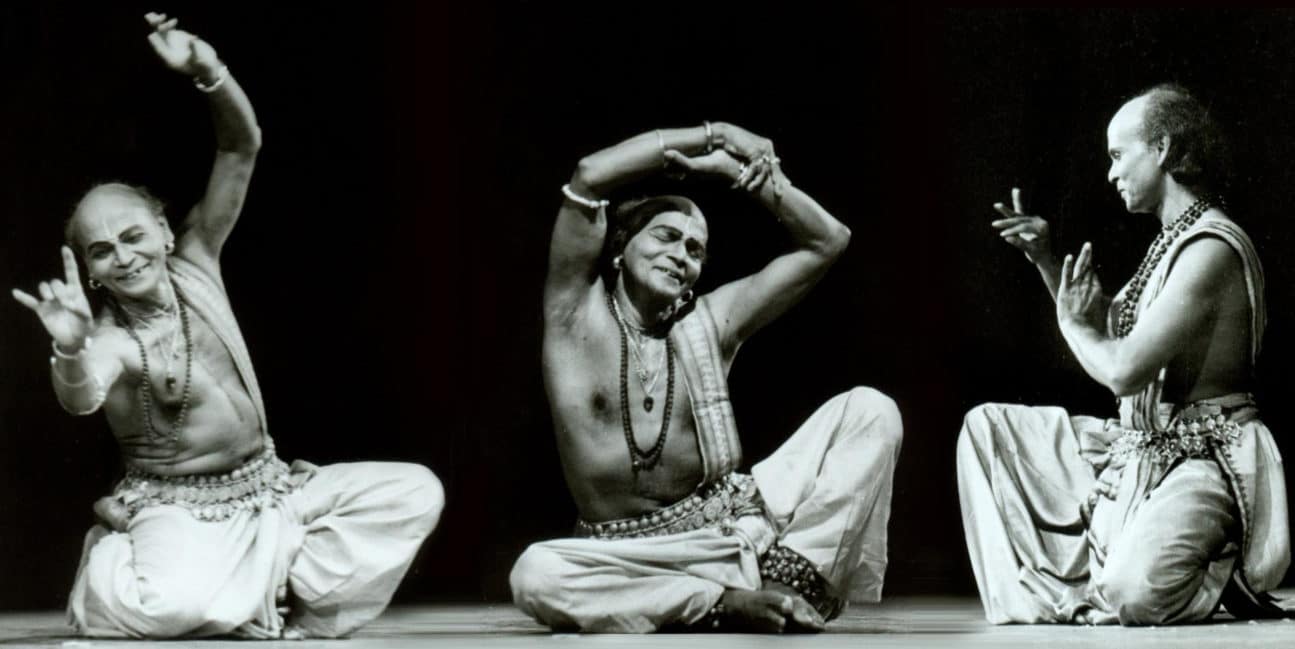
GOTIPUA
Vanja, an Odissi dancer herself, invites us to visit Abhinna Sundar Gotipua Nrutya Parishad Dance Gurukul (dance school) directed by Guru Sri Laxman Moharana who welcomes us with a bright smile:
Welcome
ସ୍ବାଗତ Sbāgata in Odia language
As we sit little girls with big dark eyes and even darker curly hair come and touch our feed softly – just to disappear as fast as they had appeared. Pranama, or touching the feet of elders is an age-old Indian tradition, considered to be a mark of respect.
The gurukul was created on a traditional scheme, where the students study fully residential with the Gurus. Sri Laxman Moharana and his sons Basanta Kumar, Susanta Kumar and Prasanta Kumar, are all professional dancers, vocalists and multi instrumentalists. Guru Sri Laxman is the dance director and spiritual leader, teaching also the cult of Lord Jagannath and yogic traditions.
Gotipua dance performance
After a introduction by Susanta, the dance started with the lively singing by the Gurus and the vigorous beats on the Tabala (Harmonium) and the Mardala (two heads drum, rhythm percussion instrument of Orissa) and Gini (small cymbals) upon which entered the girl dancers.
The repertoire of the Gotipua folk dance tradition from Odisha includes –
- Vandanaprayerof God or Guru – a customary invocation, offering prayers of gratitude to the Mother Earth, the Divine Lord Jagannath and one’s Guru and welcoming the audience
- Sa Ri Ga Ma– a pure dance number, celebrating beauty and highlighting mastery of technique. This dance is portraying the elegant dancers and musicians carved into the outer walls of ancient temples
- Abhinaya– enactment of a song, interpretation of poetry of ancient writings
The Gita Govinda
Such Radha-Krishna oriented poem is the 12th-century Gita Govinda. Poet Jayadeva who was a great devotee of Lord Jagannath at the Puri temple, wrote this immortal love song for his wife, a Mahari. ‘Mahan’– ‘Nari’ or ‘Mahari’ is – the great one, chosen one for the seva or service to the Lord. The Mahari would sing and dance for the Deity at temples in Odissa.
Graceful, fluid, and sensual, the Gotipua dancers resemble a moving love poem with its facial expressions, eye movement and mudra gestures.
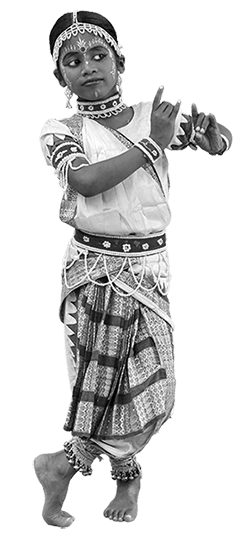
“Come and see, my love
Here comes Krishna, the flute player,
the Supreme Performer
Come and see, my love
He dances wearing ankles bells
So lovely rhythmic patterns he makes
Listen to his melodies, the mardala beats
Listen to his flute and clappings.”
The Gita Govinda inspired 35 dramatists who composed more than 100 plays between 1600 and 1850. The performance is consisting of dialogues among two or more actors accompanied by songs and dance.
The dancers – as I realize their androgynous look – are young boys – BOYS! Dancing as gracefully as girls, with their Make-up, long hair, dresses and jewelry.
In Odia language “Gotipua” Goti means ‘one (whole) entirety’ and pua means boy.
It is truly an impressive sight – this pre- puberty boys who dance, sing and dress as girls and do acrobatics.
The Gotipua practice
The “liquidity” of their upper torso is often compared to the gentle waves of the sea that forever caress the beaches of Orissa.
Families consider it a great honour if their child is selected as a Gotipua dancer. They’re hence also known as “god’s own children”.
The boys are chosen to join the gurukul at a very young age of 5-6 years, and then trained following a rigorous schedule which includes sessions of yoga, massages, acrobatic exercises, formal schoolwork and hours upon hours of practice.
According to Kabichandra Kali Charan Pattnaik an erudite scholar on Odissi dance and music, a Gotipua must learn poses and movements like:
Sitting poses, balancing poses, standing poses, singing, acting as if he is immersed in feelings, bending the body alternately to the right and the left sides and acting with the hands, revolving so quickly that his body is not discernible and back-stepping while dancing.
The Gotipuas also are practicing Parija which means acting:
- Angika– movement of limbs to express some feelings.
- Aaharya– dressing and adorning of the body.
- Vachika– conveying the feelings by means of words.
- Sattwika – outwardly reflecting innermost feelings.
An impressive part of Gotipua is Bandha Nrutya, the presentation of acrobatic yogic postures depicting the mythological scenes from the life of Krishna and Radha. The intricate poses requiring suppleness of limbs are known as bandha “acrobatic” in Oriya language.
The bandha were performed with absolute ease, showing sheer strength – the perfection of their training and their passion for the art.
THE GOTIPUA FOLK DANCE TRADITION FROM ODISHA
In the late 15th century and early 16th century there had been three types of dancers in Orissa:
- Maharis or Devadasi who performed in temples
- Nachuni or Dancers who performed before public
- Gotipuas in akhadas (halls) who performed before public
Maharis
The first confirmed reference to a Devadasi was during the Keshari Dynasty in the 6th century AD The temples of Orissa had female dancers called “Devadasi or Mahari” who were devoted to Lord Jagannath. Devadasi literally means ‘female servants of God’.
They entered a marriage with the “deity” and lived their life as nuns. There existed tough rules of behavior and etiquette for them. In many of Lord Jagannath temples in Orissa, only Maharis were admitted to the inner sacred chambers of the temple.
The Maharis performed mainly nrutya (pure dance) and abhinaya (representation of dance where a text or poem is interpreted by the dancer to evoke “ sentiment and emotions” in the spectators), using the technique of the dance style based on mantras & shlokas.
The sculptures of the dancers on the bas- reliefs of the famous temples of Orissa (the Sun Temple in Konark, the Jagannath temple in Puri, the Raja Rani temple in Bhubaneshwar among others), show the evidence of this very ancient tradition of Devadasis.

Devadasis through the practice of Mahari dance provided the earliest known platform for the development of dance culture of Odisha, driven by Jagannath faith and philosophy.
Nachuni
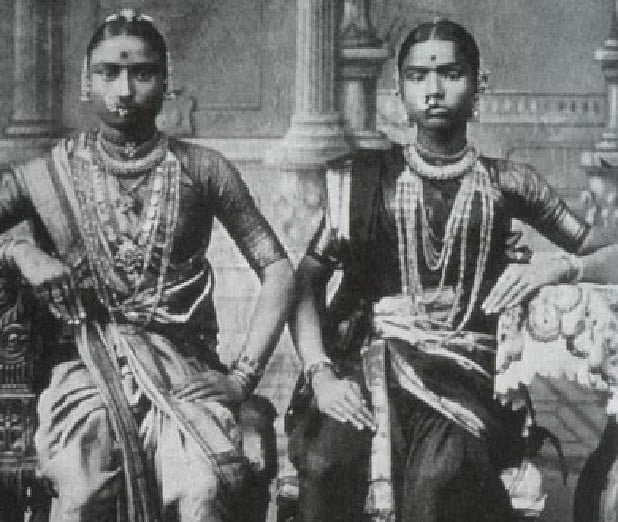
Nachuni, danced in the audience hall adjoining the sanctum sanctorum, the patuari, they would accompany the deity in processions and dance on the roads. They where also invited to perform at court or into the house of nobles.
Many temples were completely abandoned and destroyed under Islamic rule. The British power led to degeneration of the dancers art, its religious elements lost their meaning, it turned into a mere means of entertainment for the royal court and politicians. Or worse, the dancers where forced to dance at marriages or sold into prostitution. Leading to the continued marginalization, and thus exploitation of Devadasis and Nachunis.
The Mahari dance of Devadasis and Nachunis spawned the development of the Odissi and the unique Gotipua dance forms.
Gotipuas
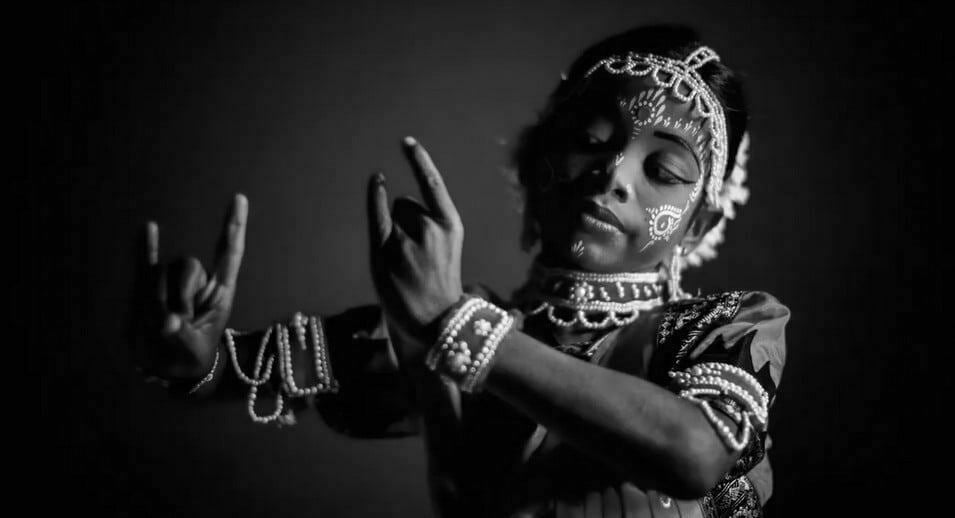
When the dance of the Maharis of the Jagannath Temple at Puri disintegrated as a result of social, religious and political upheavals, the young, male Gotipua dancers were trained to replace the Devadasis and Nachunis.
There are two prevalent theories when it comes to the history of Gotipua, both discriminating woman dancers.
Chaitanya Mahaprabhu and Bakti cult
One theory is related to Chaitanya Mahaprabhu, the famous Bhakti saint, who wanted dance troupes to perform during the Rath Yatra festival. However, the temple priests declined his request citing menstruating Devadasis would make the ceremony impure.
So eventually young “pure” boys (between the ages of five to 15) were chosen to dance for the deity. The Gotipua dancers were seen as the female companions of Krishna and thus dressed up in feminine attire. The Bakti cult popularized the belief, that the human soul irrespective of the sex of its physical body, was quintessentially female.
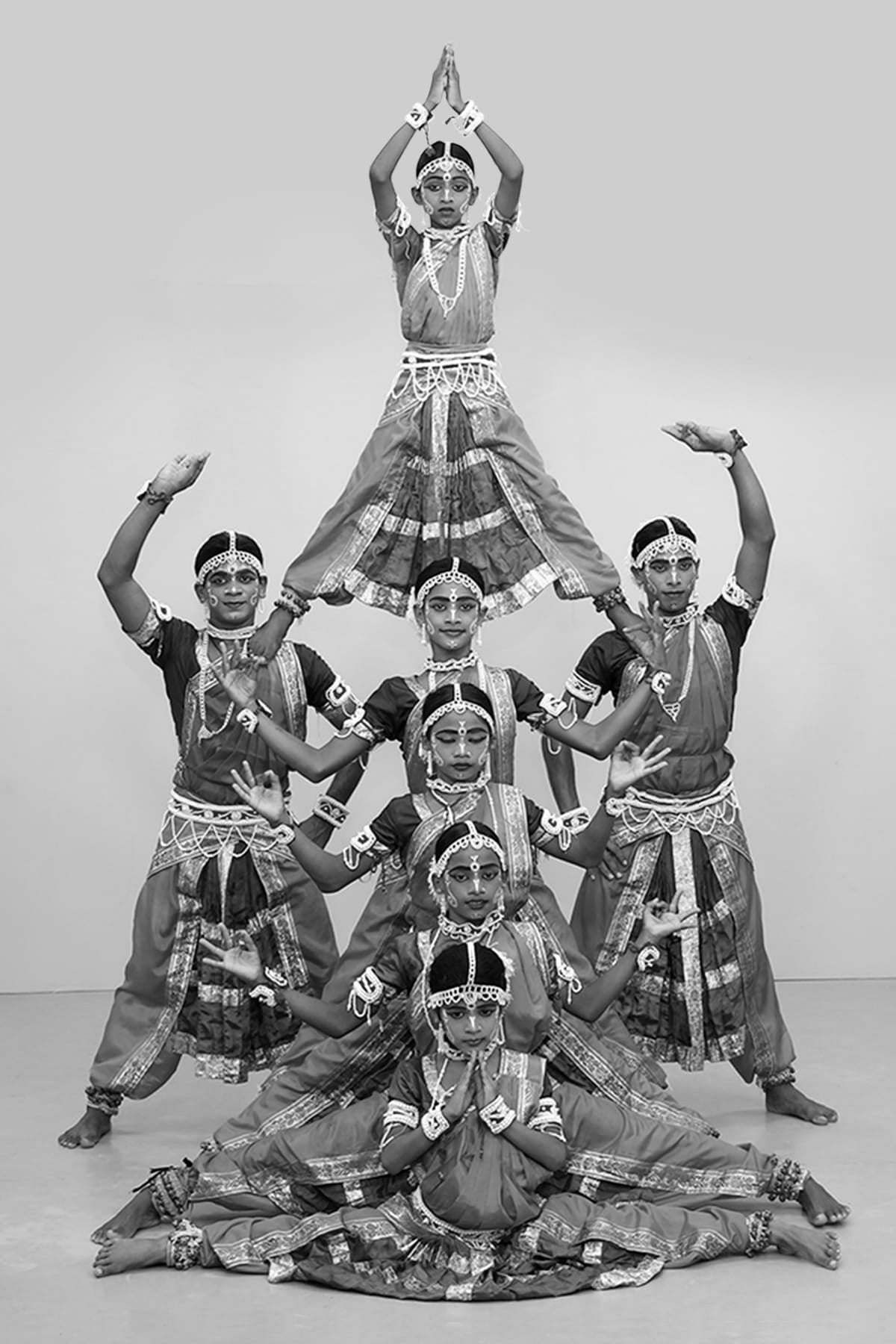
Lord Jagannath
As a result, Lord Jagannath, an incarnation of Vishnu, became divine husband to both men and women.
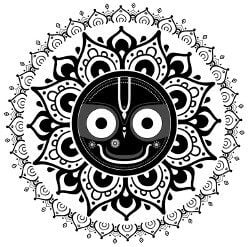
This perspective undermined the position of the Maharis who had been historically treated as wives of God Jagannath.
Jagannath worship continued till 1558. This year, the Afghan General Kalahara attacked Odisha and demolished idols and parts of the temples and stopped the worship.
Vaishnavisim and Islamic rule
So the Devadasi or Mahari system gradually declined with the advent of the Mughals. In the late 15th century and early 16th century, Odisha saw a massive influx of Vaisnavite pilgrims (Vaishnavisim = Vishnu or one of his incarnations – usually Krishna or Jagannath- is worshiped as the supreme God) from Bengal which was then under Islamic rule. Perhaps influenced by Islamic sensibilities, they found the idea of females dancing in temples rather offensive and were opposed to the practice. The priests of the Puri Jagannath temple selected boys to dance for the deity and carry forward the legacy.
Ramchandra Khurda
By the 17th century, the period of religious revival the Gotipua tradition was well established and receiving consistent patronage while the Maharis were gradually disappearing – replaced by Gotipuas.
The Jagannath temple and its idols were restored by Ramchandra Khurda, he also created gymnasiums (akhadas) for boys in every street of Puri to train them as guardians of the Jagannath Temple against sudden military invasions. They got military training as well as Bandha Nritya consisting of complex statuesque poses and bows.
These gymnasiums became cultural centers that also received patronage from land owners who supported private Gotipua troupes.
Gotipua dance form took shape and refinement and as time progressed it became highly popular and significant from the point of view of the dance history and visual storytelling. At this point of history Gotipua became one of the mediums to popularize Vaishnavisim also.
This companies traveled across the state in groups and entertained the public. Their virtuosity was based on the singing and the flexibility of their almost gymnastic style. Cymbals, Gini, Violin, Mardal, Flute and Harmonium with vocal support were used in Gotipua performances.
Towards the end of the 19th century, such troupes began to function as professional companies administered by a guru-choreographer.
The Gotipua folk dance tradition from Odisha
The Gotipuas are famed for being good singers and dancers and in spite of social and political storms and when stagnation reigned in all fields of art, they grow and preserved their unique dance tradition.
“The Gotipua tradition will soon be lost to the Odissi dance tradition despite the fact that the Odissi had evolved from the Gotipua,”
remarks Basanta Kumar wistfully.
“Although Odissi attained its classical status due to proper documentation and promotion by some of the major teachers of Odissi, who were earlier Gotipua artists themselves, no such concerted efforts were made for Gotipua. It’s now mainly practiced in villages as a folkdance,” he shares.
This folklore dance form, he tells me, is only practiced in a few gurukuls of Puri and Raghurajpur who are struggling to keep this tradition alive through the income they obtain from their performances usually at the village, in nearby hotels, festivals and other cultural events in India and abroad.
The dance continues to be practiced in the heritage village of Raghurajpur also in other schools, like Guru Maguni Das’s gurukul ashram, Dasabhuja Gotipua Odishi Nrutya Parishad and smaller institutions we visited.
Bye bye Raghurajpur, and thank you for showing us your living heritage
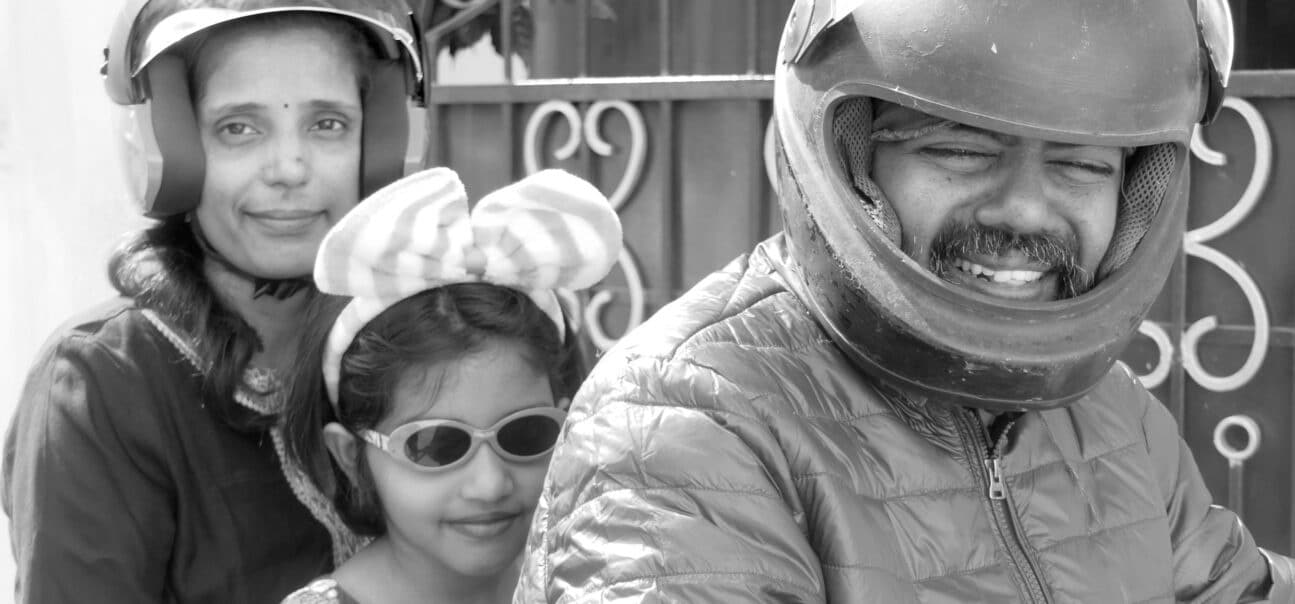
~ ○ ~
Keep exploring:
Works Cited & Multimedia Sources
Explore INDIA on earthstoriez.
- THANK YOU lucas Dragone for the futured image.
- Ārtatrāṇa Paṭnāik (ଆର୍ତ୍ତତ୍ରାଣ ପଟ୍ଟନାୟକ) How has Odissi dance evolved over the centuries?
- Chandrashree Dr. Lenka. Gotipua: A traditional folk dance of Odisha. National Journal of Multidisciplinary Research and Development. Volume 3; Issue 1. 2018.www.nationaljournals.com
- Chitta Ranjan Mallia. Gotipua Dance Tradition in Odisha:An Overview. Odisha Review. 2013.
- Citaristi, Ileana: “Devadasi of the Jagannath Temple: precursors of Odissi music and dance”, 16th International Congress on Dance Research, Corfu, Greece. 2002. http://writings.orchesis-portal.org/index.php/en/articlesen/articles-by-others/91-english/articlesen/208-citaristi-ileana-devadasi-of-the-jagannath-temple-precursors-of-odissi-music-and-dance-16th-international-congress-on-dance-research-corfu-greece-30-10-3-11-2002
- Das Dr. Sharmila. Devadasi or Mahari Traditions of the Jagannath temple, a Comparative study. The Odisha historical Research Journal- OHRJ, VOL. LVII No. 3&4. 2018.
- History of the Gotipua folk dance tradition from Odisha. http://www.gotipua.com/gotipuadance.html
- Odissi Dance and Some Reflections on Its Correlation with Sculptures- Dr. Prachi Jariwala
- https://currents.dwrl.utexas.edu/2012/sculptures-and-avatars-mediating-of-the-memory-of-odissi-dance.html
- https://www.oneindia.com/india/800-year-old-devadasi-tradition-ends-lord-jagannath-s-last-human-wife-dies-1690463.html
- Importance of gotipua. https://www.thestatesman.com/world/importance-of-gotipua-25821.html/amp
- Manoranjan Pradhan. Use and Application of Gita Govinda in Odissi Dance. IOSR Journal Of Humanities And Social Science (IOSR-JHSS) Volume 22, Issue 8, 2017.
- Mishra Purna Chandra Dr. Mahari Tradition of Sri Jagannath Temple. Odisha Review 2013.
- Odissi dance is a mobile sculpture. http://oneindiaonepeople.com/odissi-dance-is-a-mobile-sculpture/
- Odissi style http://en.kuchipudi.ru/odissi_e.htm
- https://www.narthaki.com/info/articles/article38.html, https://web.archive.org/web/20220809174241/http://www.nadanam.com/odissi/, http://www.nrityagram.org/expression/odissi/odissi.htm , https://web.archive.org/web/20190507030236/https://www.culturalindia.net/amp/indian-dance/classical/odissi.html, https://www.encyclopedia.com/international/encyclopedias-almanacs-transcripts-and-maps/dance-forms-odissi
- The life and legacy of Guru Kelucharan Mohapatra
- Panigrahi Charudutta. Devadasis Of Lord Jagannath: A Lost Tradition Of Divine Romance. 2018. https://odishabytes.com/devadasis-lord-jagannath-lost-tradition-divine-romance/
- Puri Jagernnath temple. https://web.archive.org/web/20191208053810/http://www.jagannath.nic.in/?q=home
- Quora dance history orissi. https://www.quora.com/How-has-Odissi-dance-evolved-over-the-centuries
- Sehgal Sunil. Encyclopaedia of Hinduism: (H – Q) 1999.
- Tandon, Rekha. Classicism on the threshold of modernity: expanding the physical parameters of Odissi Dance for contemporary audiences. (Unpublished Doctoral thesis, Trinity Laban Conservatoire of Music and Dance/City University London).2005.
- The bell tolls for this Devadasi. https://timesofindia.indiatimes.com/life-style/spotlight/The-bell-tolls-for-this-Devadasi-/articleshow/11165308.cms?from=mdr
- The gotipua boy dancers of odisha who performed as women. https://www.asianage.com/life/more-features/280818/the-gotipua-boy-dancers-of-odisha-who-performed-as-women.html
- Yogini. https://www.liverpoolmuseums.org.uk/ism/exhibitions/broken-lives/jogini.aspx
